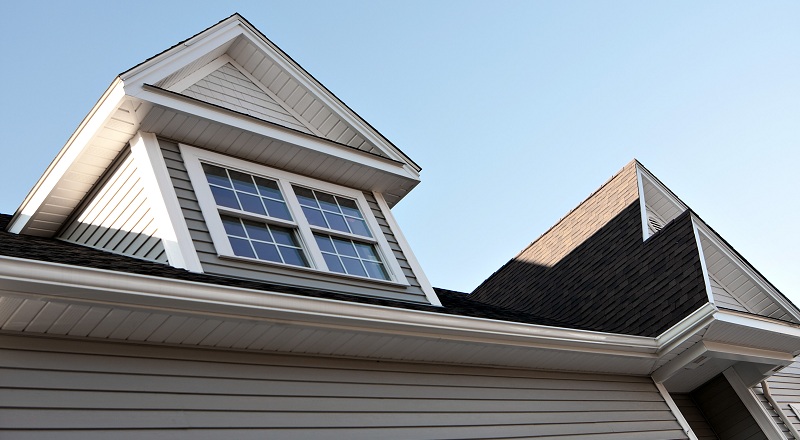

With the availability of a wide range of products in commercial and residential roofing industries, the type of roofing material one has to go with usually depends upon the specification of that particular project. Apart from all the other materials, single ply roofing has been increasingly high in demand for the past 30 years due to its competitive price, strength, ease of installation, durability and the flexibility of the material.
Single ply roofing is generally used for commercial purposes. These are compounded synthetic material manufactured under strict supervision in factories to maintain the quality.

Which Products Are Considered Single Ply? Single ply roofing has different options available in the market. But there are mainly three types of membranes categorized as single ply membranes.
Thermosets These are blended from rubber polymers. EPDM is most commonly used thermoset polymer (referred as "rubber roofing"). Hypalon is another unique material because it's produced as a thermoplastic, but as it cures over time and it turns into a thermoset. The proven ability to protect property from the dangerous effects of sunlight and other widespread chemicals on the roof, thermosets are really successful as roofing materials.
Thermoplastics Thermoplastic membranes are made from plastic polymers. PVC (polyvinyl chloride) and TPO (thermoplastic polyolefin) are most common thermoplastic membranes. These materials are really flexible because they are made with certain ingredients known as plasticizers. A number of different products in this category are available, each having its own unique formula.
Modified Bitumens These are hybrid membranes that incorporate the advanced technological formulations and prefabrication advantages of single ply. These also use some traditional installation techniques that were used in built-up-roofing. These materials are layers of asphalt, "modified" using a plastic or rubber ingredient for flexibility, and combined with a reinforcement for added stability and strength.
Which Type of Single Ply Membrane Should You Use? Building height, wind exposure, anticipated roof traffic, aesthetics, and cost are some important factors which you should keep in mind before going for any single ply membrane. Check track records and reputation of certified roofing contractors before investing your money.
Single Ply Roofing Installation Methods Single ply membranes can be installed fully adhered, held down with ballast or mechanically attached. This roofing does not require surfacing. Sometimes, combination of attachment methods are used to secure a roof system. In full adhered systems, you are fully dependent on the substrate you are attaching the membrane to hold the roof. Ballasted system is applied over a loosely laid roof and has low installation cost as compared to other installation methods. While considering the fastening method, you have to be careful when dealing with very lightweight decks.
Why Single Ply Roofing? Though we have lots of other materials available for roofing, single ply is best of them. It's because of its light colored, reflective roof surface that offers the occupants significant reduction in energy and even have the potential to downsize HVAC (Heating, ventilation, and air conditioning). They also offer lightweight solutions to accommodate the unconventional roof designs of modern architecture.